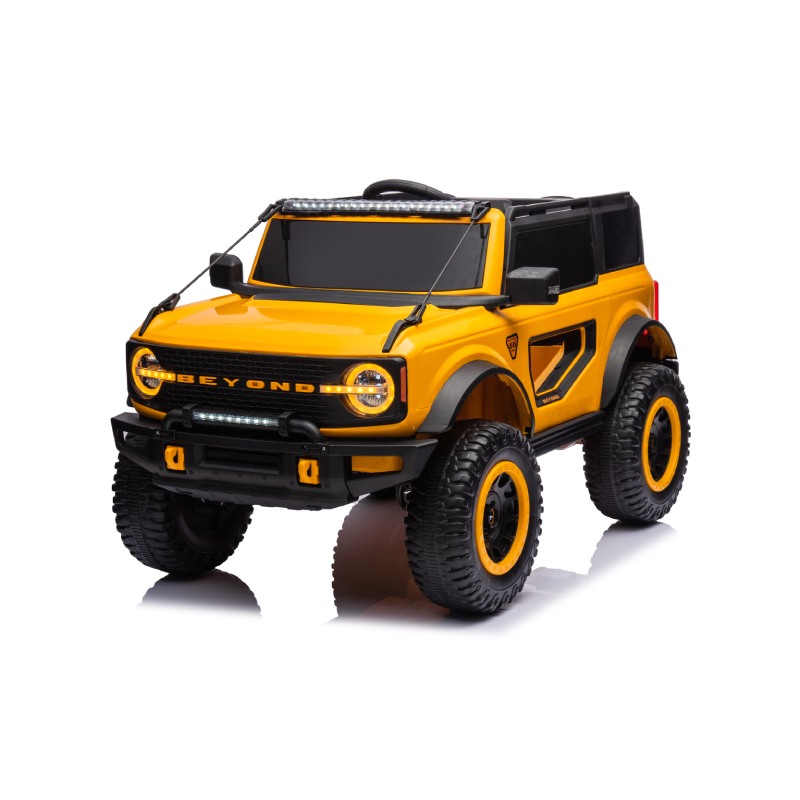Guide to Creating Your Own Self-Balancing Electric Scooter at Home
How to Make a Self-Balancing Scooter
Creating a self-balancing scooter can be an exciting project that combines engineering, electronics, and programming. While you might not have access to professional manufacturing tools, you can still build a functional prototype at home. This guide will walk you through the essential components and steps needed to create your own self-balancing scooter.
Materials Needed
1. Chassis This can be made from wood, aluminum, or a sturdy plastic board. Make sure it is durable enough to support the weight of the rider. 2. Wheels You will need two wheels that are robust yet lightweight. Wheel size can vary, but a typical diameter ranges between 6 to 10 inches. 3. Motors Two DC motors with encoders are necessary to control the wheels. The encoders will provide feedback on the motor's rotation, which is crucial for balancing. 4. Battery A rechargeable lithium-ion battery will provide the necessary power for your motors and electronics. 5. Microcontroller An Arduino or Raspberry Pi can serve as the brain of your scooter. This will process sensor data and control the motors. 6. Gyroscope and Accelerometer These sensors will help detect the tilt and orientation of the scooter, enabling it to maintain balance. 7. Motor Driver This component will allow your microcontroller to control the motors effectively.
Building the Chassis
Start by constructing the chassis. Ensure it has a flat base for stability. Attach the wheels to either end of the chassis, making sure they can rotate freely. The positioning should allow for both wheels to work together to maintain balance. Consider mounting the motors directly to the wheels for efficiency.
Setting Up the Electronics
1. Wiring the Motors Connect the motors to the motor driver, which will facilitate communication between your microcontroller and the motors. Ensure that the motor driver can handle the specifications of your motors. 2. Installing the Sensors Mount the gyroscope and accelerometer onto the chassis. Connect these sensors to the microcontroller. Make sure that they are oriented correctly to detect the tilt accurately. 3. Powering the System Connect the battery to the microcontroller and motor driver. Make sure all connections are secure and insulated to avoid short circuits.
how to make self balancing scooter

Programming the Microcontroller
1. Coding the Balancing Logic Write a program that uses input from the gyroscope and accelerometer to maintain balance. Start by reading the tilt angles from the sensors. Based on these readings, adjust the speed and direction of the motors. 2. PID Control Implement Proportional-Integral-Derivative (PID) control algorithms. This method will help you fine-tune the responsiveness of your scooter's balancing mechanism. Adjust the PID constants until you achieve stable balance without oscillation. 3. Testing Upload the program to your microcontroller. Test the system while keeping it stationary at first, then gradually try moving the scooter to see how it responds to your weight shifts.
Final Testing and Adjustments
After programming, it’s time for some real-world testing. Begin on a flat surface to see how the scooter responds. You may need to make several adjustments to the PID settings or the positioning of the weights on the chassis for optimal balance.
Safety Considerations
While building and testing your self-balancing scooter, prioritize safety. Wear a helmet and other protective gear, and have a friend assist you during testing. Make sure the scooter can handle your weight and that all components are securely mounted to avoid accidents.
Conclusion
Constructing your own self-balancing scooter can be a rewarding experience, merging creativity and technical skills. While this guide provides a framework, remember that patience and iteration are key components of successfully perfecting your design. Enjoy the process and ride safely!
-
Understanding Voltage in Battery for Children's Motorized CarNewsJun.05,2025
-
Safety Features to Look for in an Electric Car for KidsNewsJun.05,2025
-
How to Teach Your Child to Ride a Kids MotorcycleNewsJun.05,2025
-
How to Prevent Falls on a Balanced ScooterNewsJun.05,2025
-
How to Maintain Your 3 Wheeled Scooter for LongevityNewsJun.05,2025
-
Best Motorcycle Scooters for Urban CommutingNewsJun.05,2025
